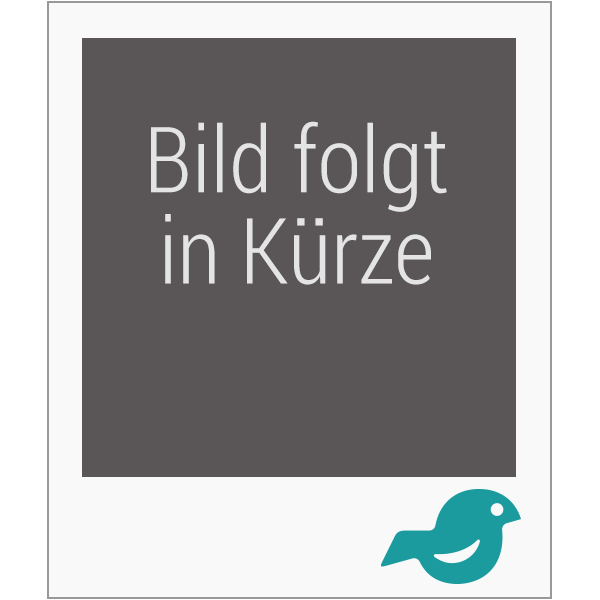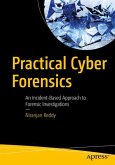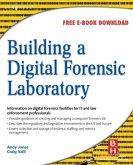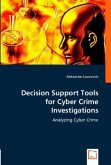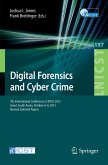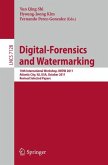Have you ever wondered whether the forensic science you've seen on TV is anything like the real thing? There's no better way to find out than to roll up your sleeves and do it yourself. The Illustrated Guide to Forensics Investigations offers advice for setting up an inexpensive home lab, and includes more than 50 hands-on lab sessions that deal with forensic science experiments in chemistry, biology, physics, and medicine. You'll learn the practical skills and fundamental knowledge needed to pursue forensics as a lifelong hobby -- or even a career.
This book will help you:
- Analyze soil, hair, and fibers
- Match glass and plastic specimens
- Develop latent fingerprints and reveal blood traces
- Conduct drug and toxicology tests
- Analyze gunshot, explosives, and metal residues
- Detect forgeries and fakes
- Analyze impressions, such as tool marks and footprints
- Match pollen and diatom samples
- Extract DNA samples and separate them by gel electrophoresis
You'll gain a real appreciation for forensic science, and discover how persistent and inventive these technicians really are. The world of forensics awaits you.
This book will help you:
- Analyze soil, hair, and fibers
- Match glass and plastic specimens
- Develop latent fingerprints and reveal blood traces
- Conduct drug and toxicology tests
- Analyze gunshot, explosives, and metal residues
- Detect forgeries and fakes
- Analyze impressions, such as tool marks and footprints
- Match pollen and diatom samples
- Extract DNA samples and separate them by gel electrophoresis
You'll gain a real appreciation for forensic science, and discover how persistent and inventive these technicians really are. The world of forensics awaits you.

